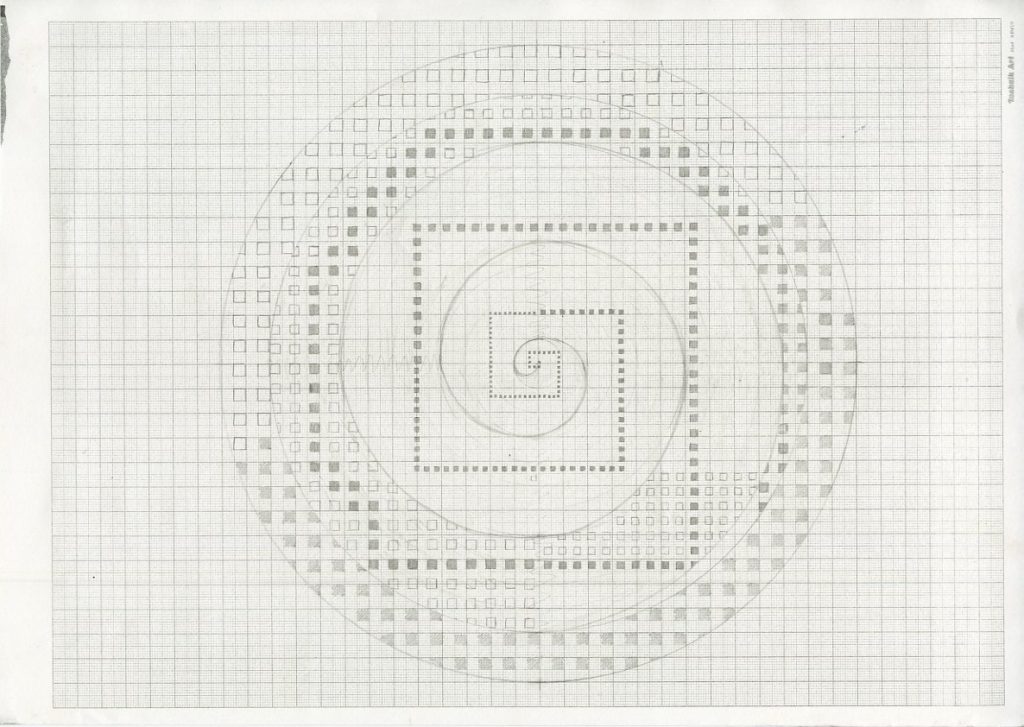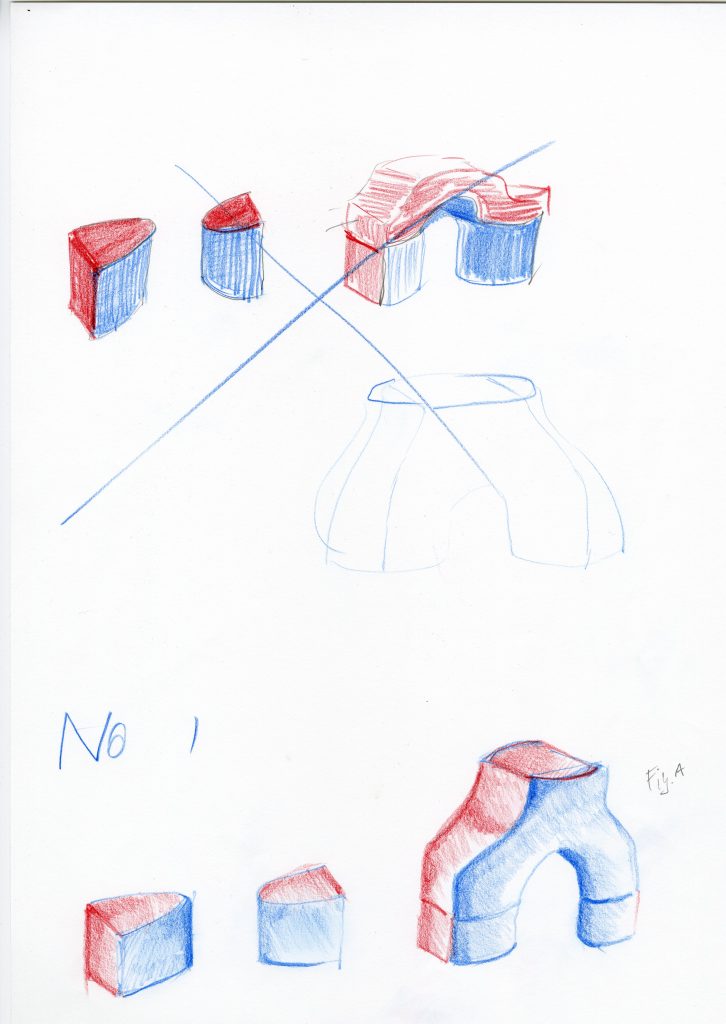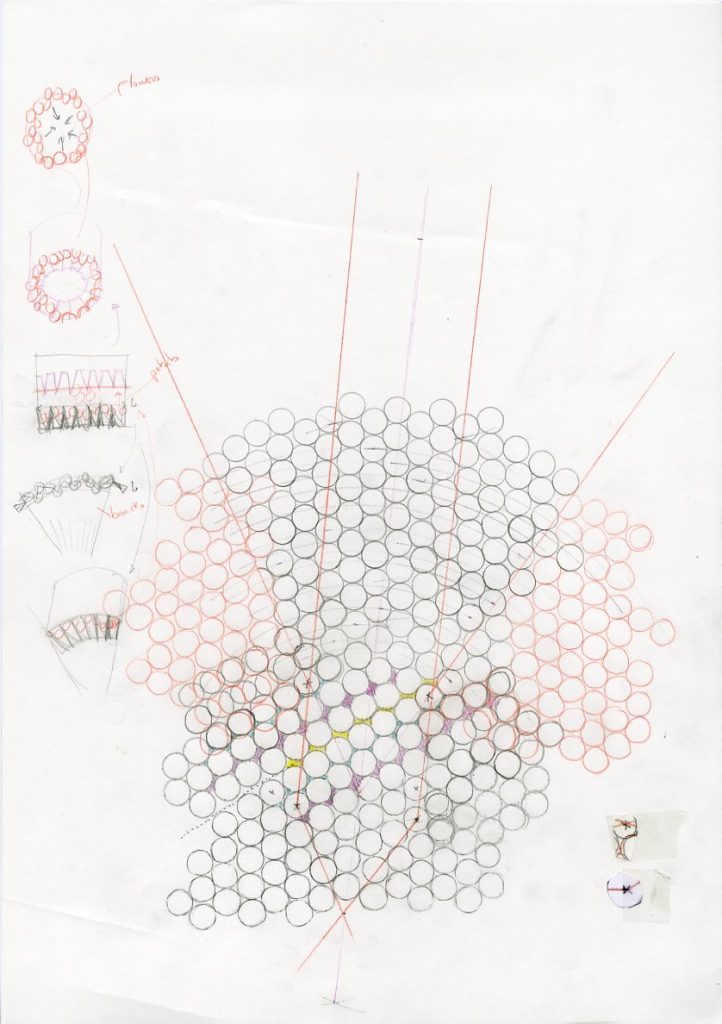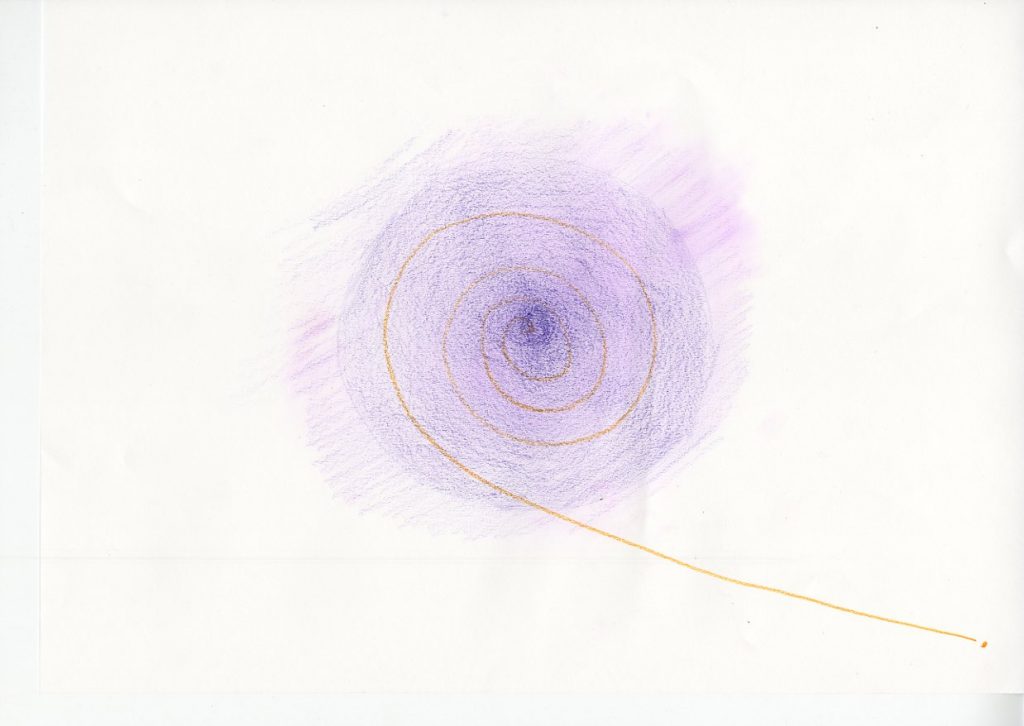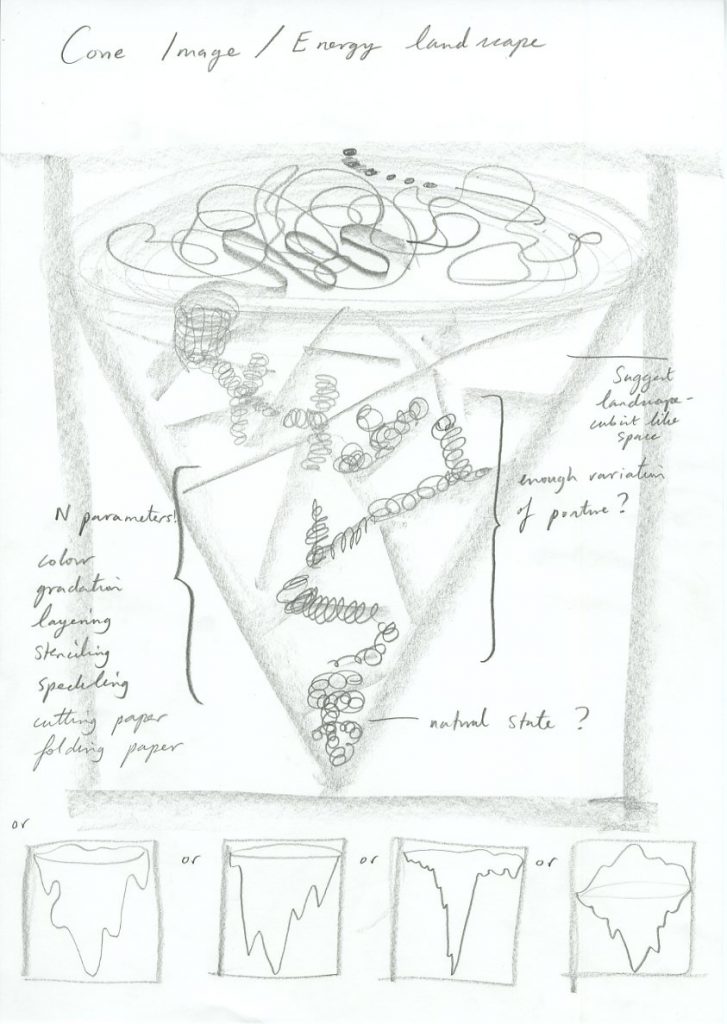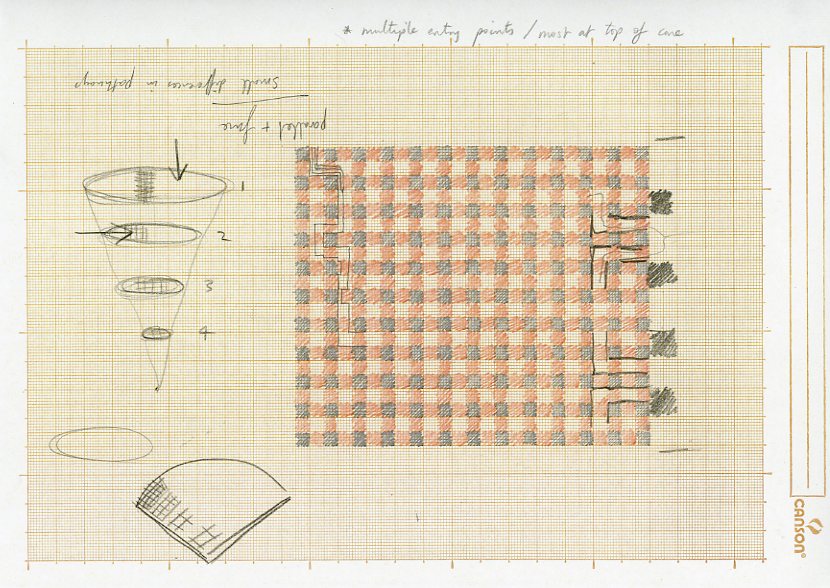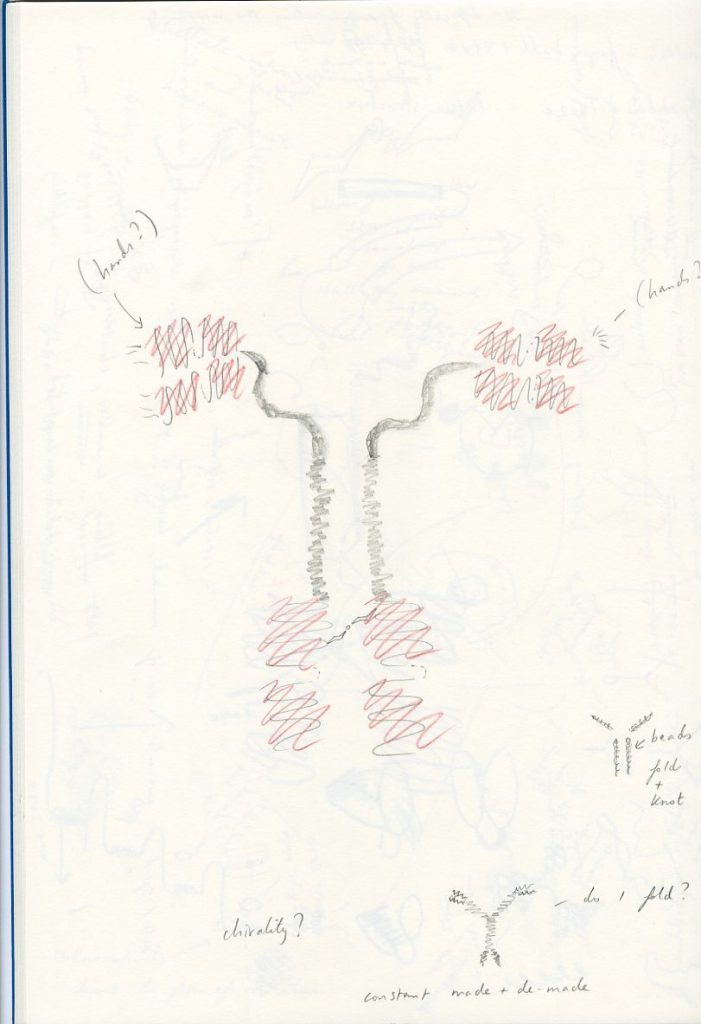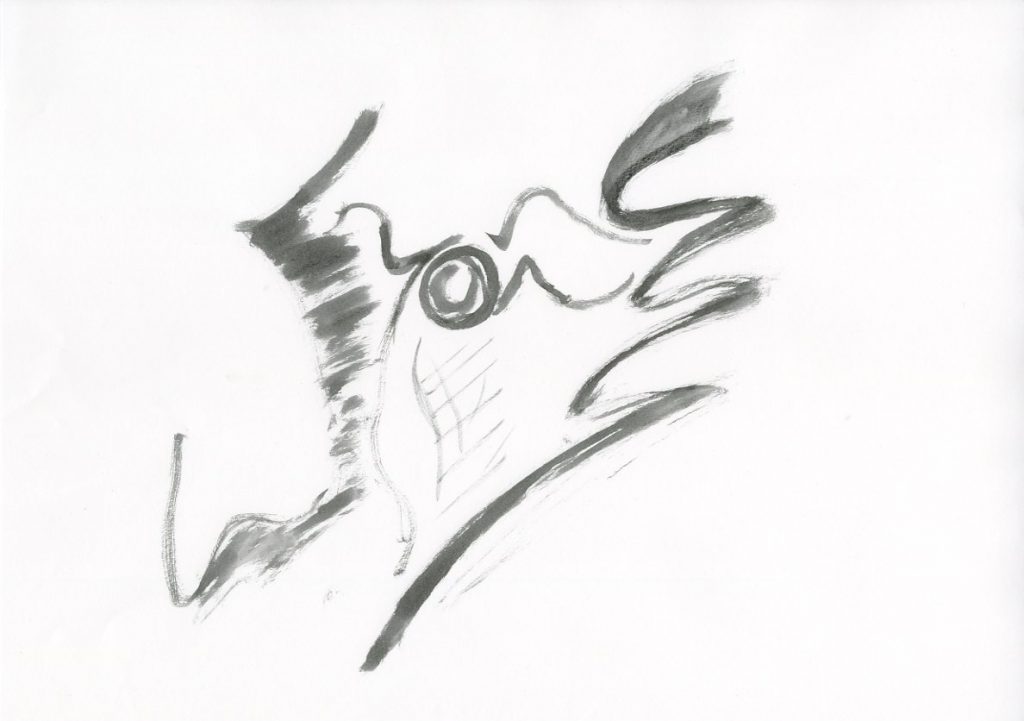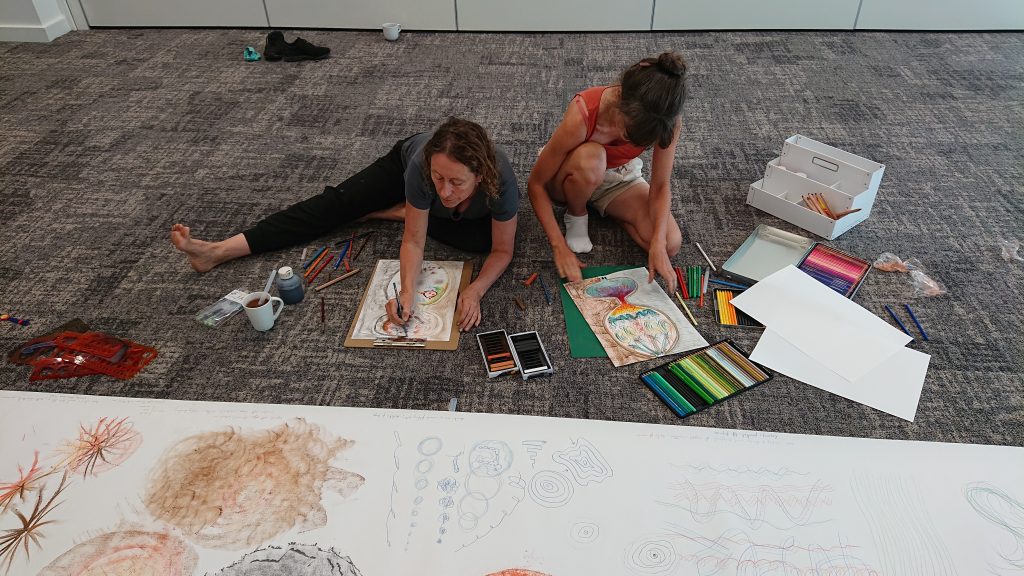Visual representation is essential both to the practice and the communication of science. However, whereas drawing in the past played a central role in fields such as morphology and embryology, the rise of photographic and digital technologies and the growing emphasis on molecules as opposed to whole organisms have increasingly marginalized drawing practices.
Drawing Labs aim to use drawing to develop understanding of biological process and to share this understanding. They are held regularly with collaborating scientific laboratories and extended to share this scientific understanding with non-scientific participants in a variety of art and science venues.
Building on Anderson’s established workshop methodology (best seen in her Cornwall Morphology and Drawing Centre project, Anderson 2015), a series of drawing labs are designed to provide reflective learning for participants. Drawing labs are be both question- and process-led, allowing artistic and scientific approaches to converge and then again to diverge, thereby transcending the boundaries often associated with the two cultures (Snow 2012). Participants are guided through drawing methods specifically developed by Anderson to support direct experiential learning. Where possible, non-scientific participants have the opportunity to observe aspects of the biological through laboratory microscope facilities. Following the suggestion to provide a physical arena for the negotiation of corporeal experiences in relation to scientific concepts (Hay et al, 2013), short, guided observations on physical movement will be integrated into the workshops. At each Drawing Lab, Anderson curates a set of context specific scientific and artistic images and texts to support learning.




